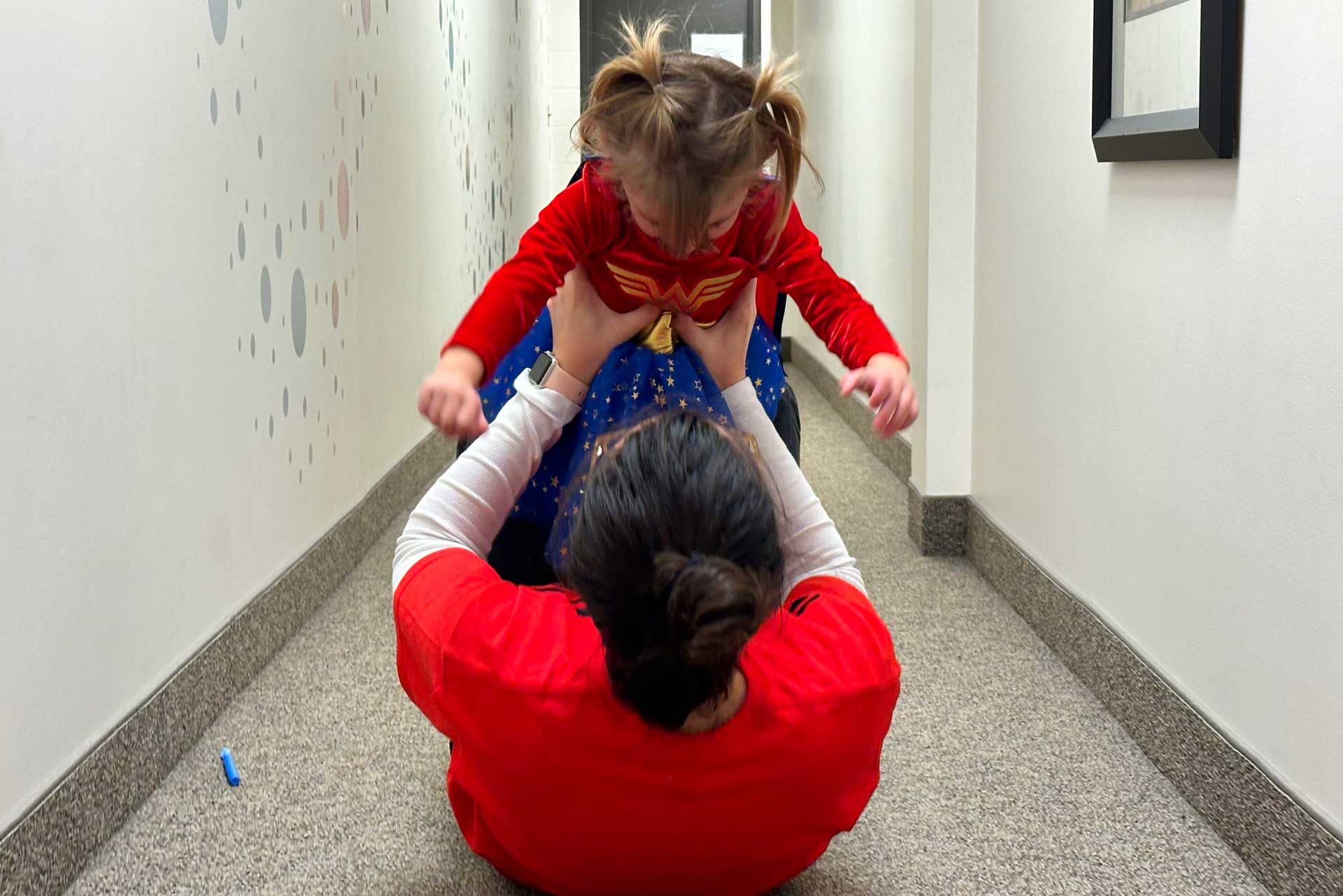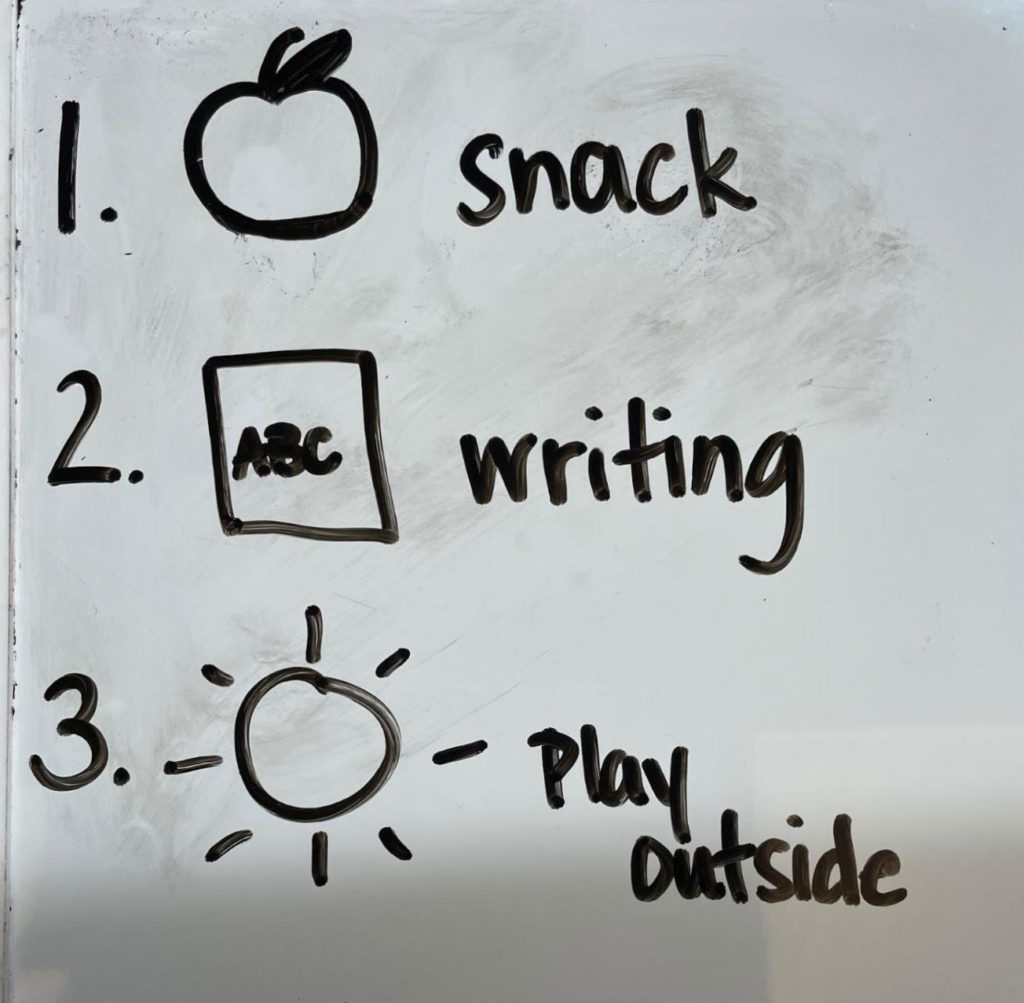
“Let’s celebrate by learning: What is Occupational Therapy, and when is it right for your child? Kate Bergsma explains.”
Imagine this: you’re headed to a work conference and there’s no itinerary. You have no idea what the topic of the event is and no schedule of events, let alone when mealtimes or breaks will be. Pretty confusing (and maybe even a little frustrating), right?
Many of our kids experience this daily as they feel unsure of the day’s events. (And yes, even if you do the same routine every day, some children might still need support to know what’s coming next!). This can lead to dysregulation and reluctance to engage in the daily activities. The solution? Create a visual schedule for your child!

"Visual supports introduce a feeling of consistency, comprehension, and predictability for our children."
Visuals can be useful for people of all ages and abilities. Visual supports introduce a feeling of consistency, comprehension, and predictability for our children. When we know what is happening, we feel a greater sense of confidence to navigate novelty and in turn, feel more regulated with a greater sense of control.
You can easily customize the visual to suit the needs of whoever is using it. Oftentimes, the simpler the visual tool, the better. When creating visuals, you can show a sequence by numbering items or using, “first, then, last” language on a whiteboard, sheet of paper or a more detailed visual chart. Get your child involved by having them select from choices or take part in drawing the pictures to get them more engaged with the plan.
Here are some examples of simple visuals below:



Visuals can be helpful for more than just routines or transitions, including: